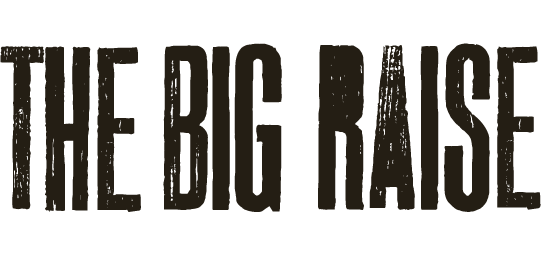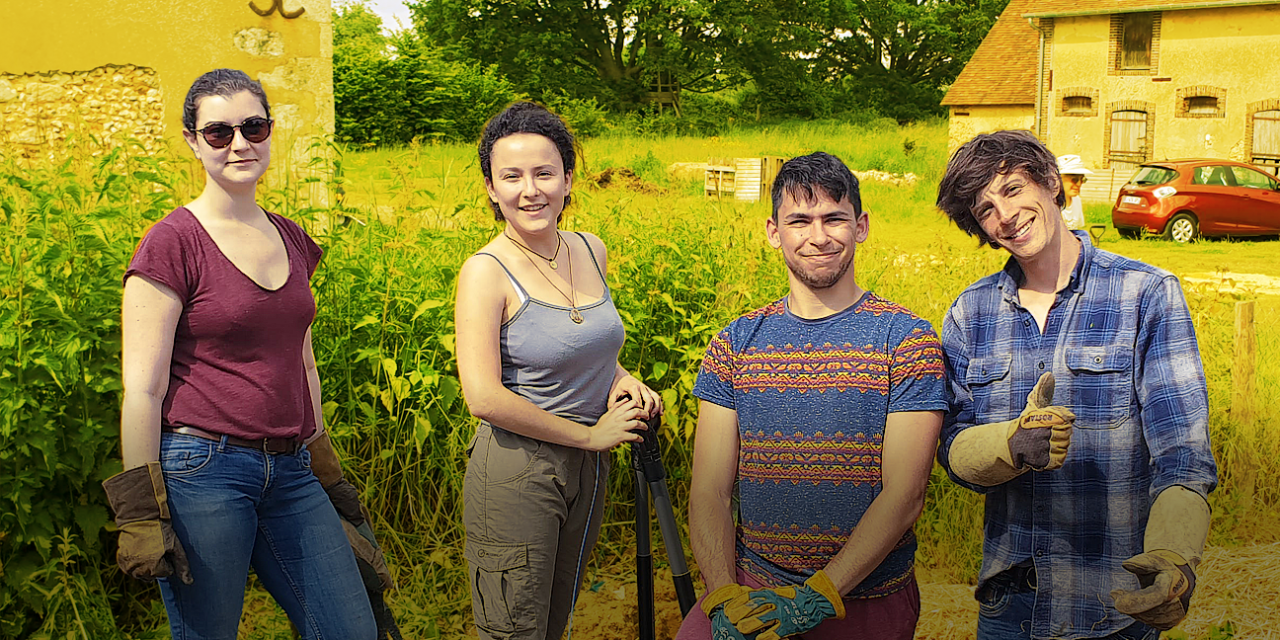1) Location
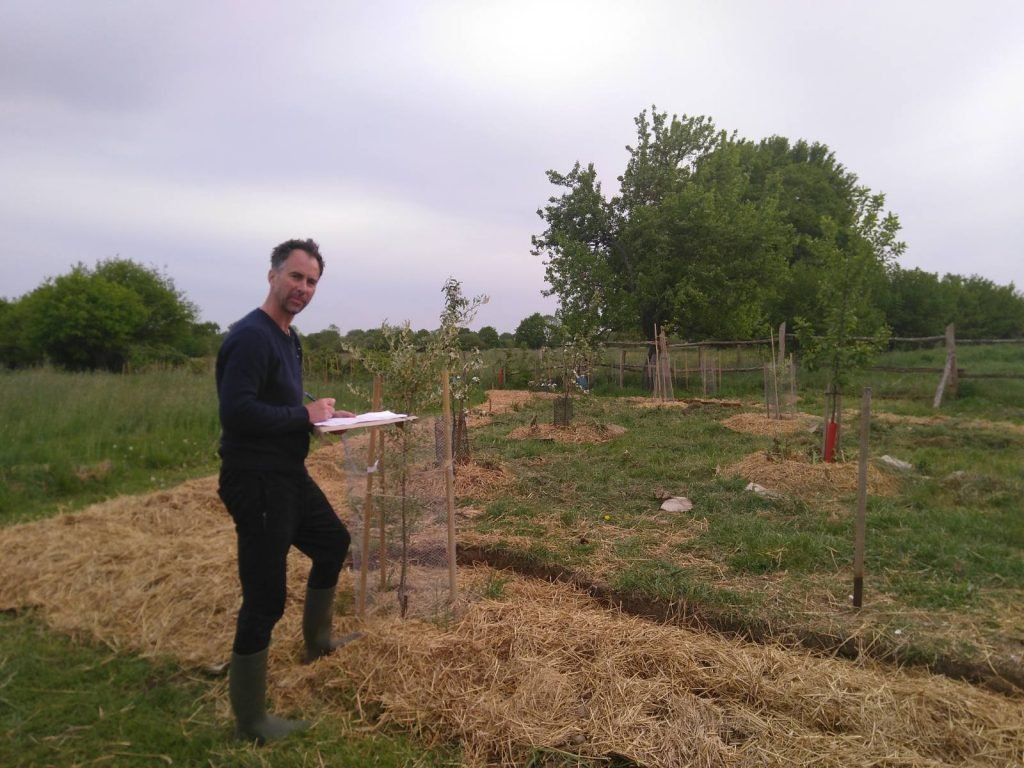
– Observation – Ideally you will spend a year observing the site or sites before choosing a garden site.
– Soil – If your soil is too clayey or sandy it can be difficult to get a good harvest. Do a soil analysis to measure the pH as well as the nitrogen, phosphorus and potassium content. There are cheap kits available on the internet.
– Sun – Make a sun map. Draw the position of the shadows every two hours at least four times a year.
– Wind – Avoid too much wind. Create a windbreak around the vegetable garden by planting hazelnut trees, for example, which will also produce a harvest.
2) Structure

– Mounds provide more surface area for planting. Mounds with decomposing wood inside (Sepp Holzer’s “hugelkulturs”) will be fertile for years. BUT be careful with large mounds because drought makes them harder to manage. It’s harder to mulch the vertical sides of a mound! In dry regions, it’s sometimes better to plant in the hollows. We’re in the Sarthe between Normandy and Brittany (the cradles of summer rain!) and we’ve had five years of drought in the six years we’ve been here!
– Align your beds north-south so that the sun hits both sides.
– Mounds that are too wide are difficult to work.
– Create paths wide enough for a wheelbarrow.
– The soil in the paths is wasted, so you can use it to make the mounds.
3) Planting
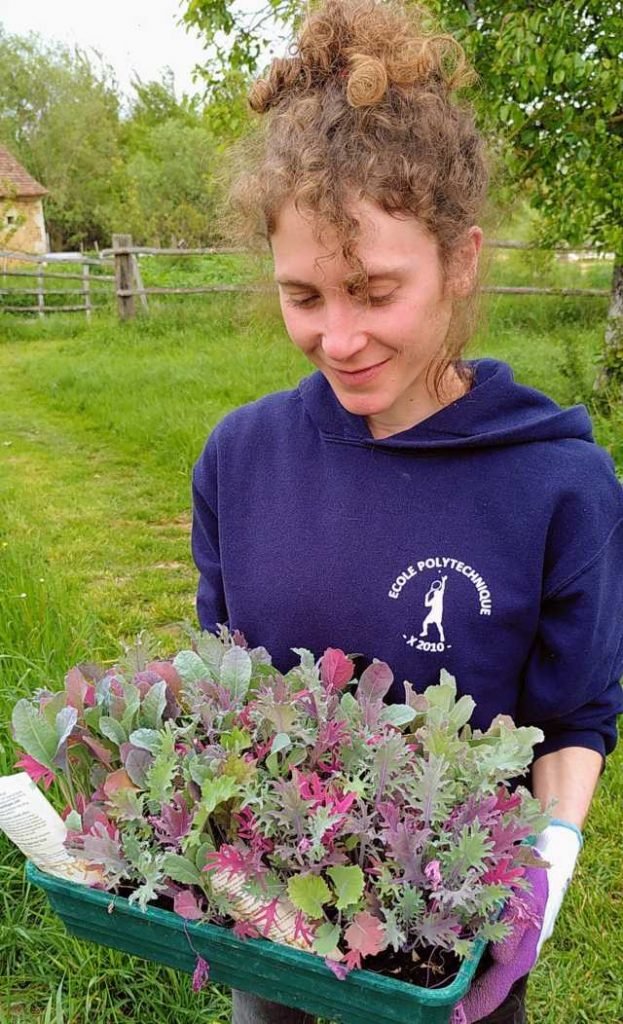
– Think about the sun: don’t plant lettuce in full sun; prefer a semi-shaded spot.
– Mix plants for a healthier garden, but always look on the internet or in a book to check that the combinations are right.
– Think about succession: your vegetable garden needs to be productive all year round, not just in July-September!
4) Mulching
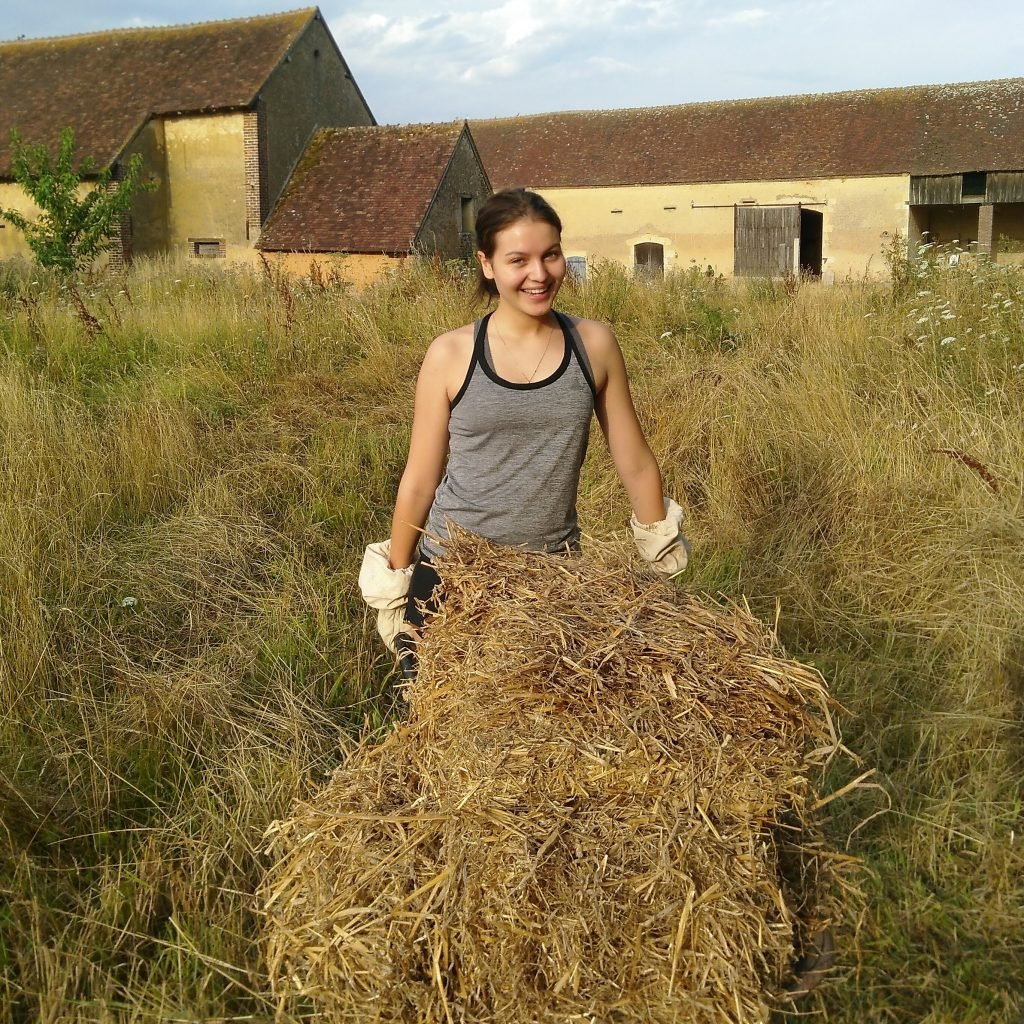
– Soil is alive, full of insects, micro-organisms and beneficial bacteria. It must be protected from the sun, wind and rain. Bare soil is dead soil.
– A good mulch can also suppress some weeds.
– A drip can be used for watering. Place it under the straw and on top of the soil.
– Plant seedlings in the straw; it is more difficult to mulch around a semi.
– During the summer, don’t be afraid of 30cm of straw to retain moisture.
– If your mounds are too high, it will be difficult to mulch the sides properly.
– If you don’t have straw, you can use dead leaves, cardboard or scrambled paper, but be careful not to use cardboard covered in ink or glue.
5) Maintenance
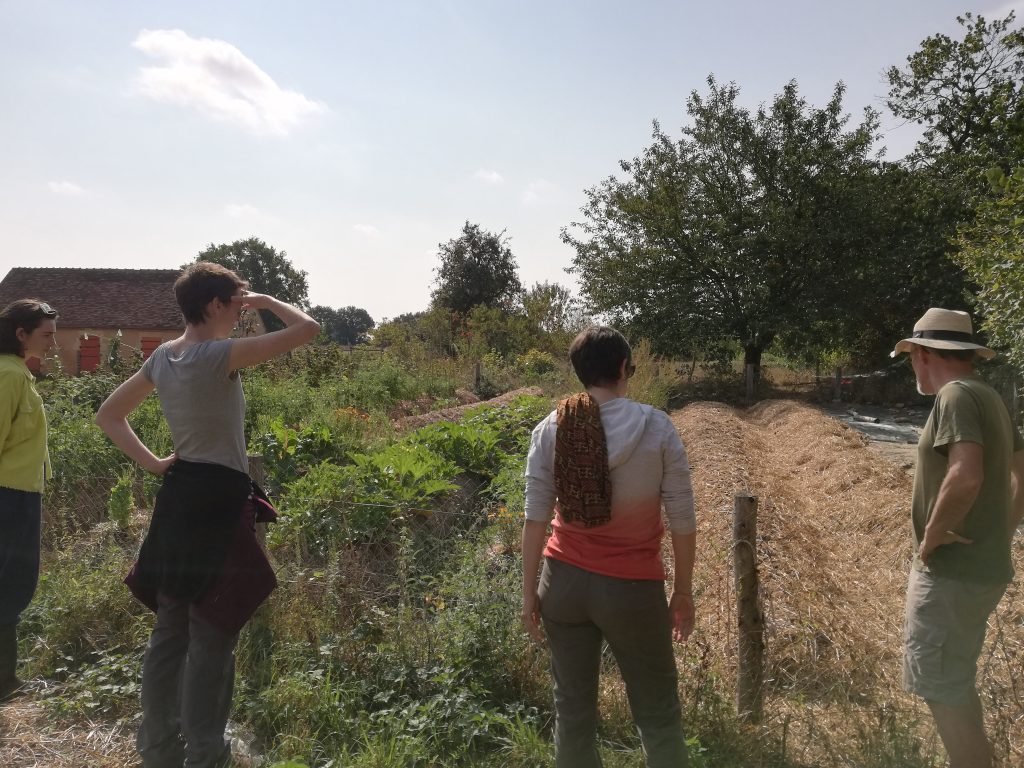
– Don’t think that permaculture gardening means no work at all; weeding is necessary from time to time, at least at the start of the vegetable garden.
– However, selective weeding is perfectly feasible. What grows naturally in or around the vegetable garden? If it’s useful or edible, keep it.
– It’s a waste of time digging up weeds in the paths. If you need to, cut them back, but you can leave the green waste in the path, except for bindweed, nettle roots and brambles: it’s best to take those out!
– How are you going to water your vegetable garden? If the pond or tap is far away, you won’t water much and you’ll lose harvest. If there’s a building near the vegetable garden, think about collecting the water from the roof in a water tank that can water by gravity.
